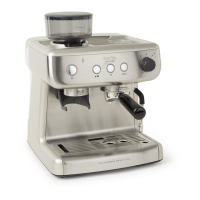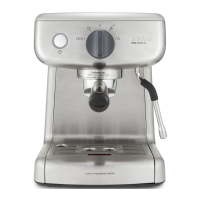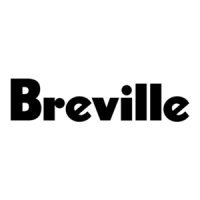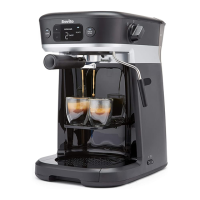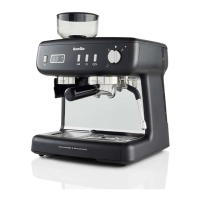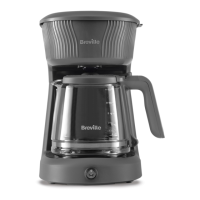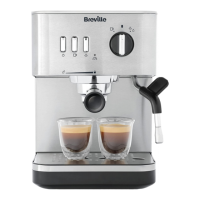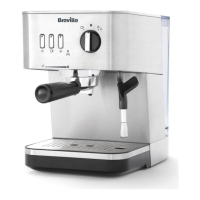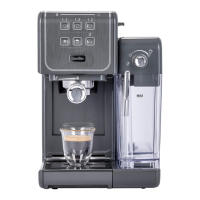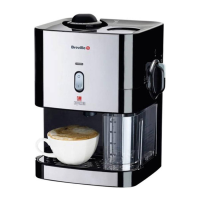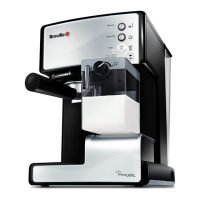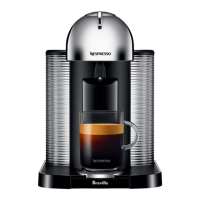Why won't the bean hopper lock on my Breville VCF126 Coffee Maker?
- KKristy MorganSep 23, 2025
If the Bean Hopper cannot be locked into position: - Ensure the dot on the Top Cover aligns with the dot on the Grinder Collar. - Make sure the Top Burr is correctly aligned and that the two handles are placed one on each side.
